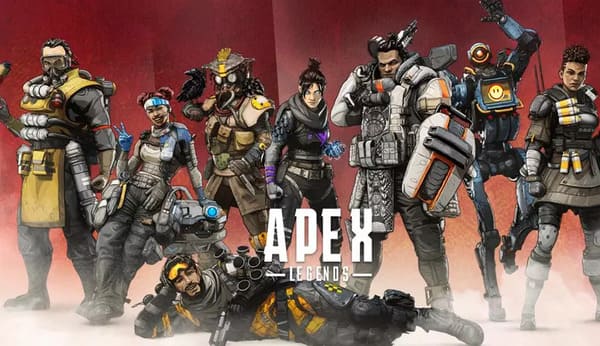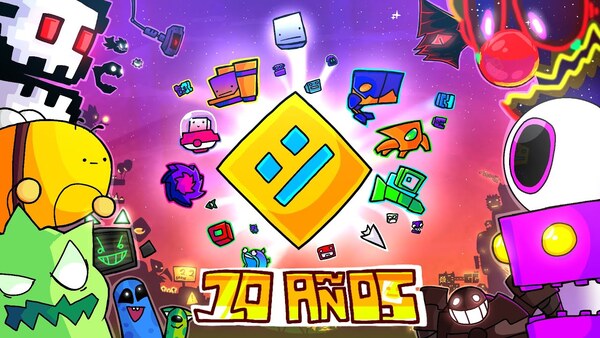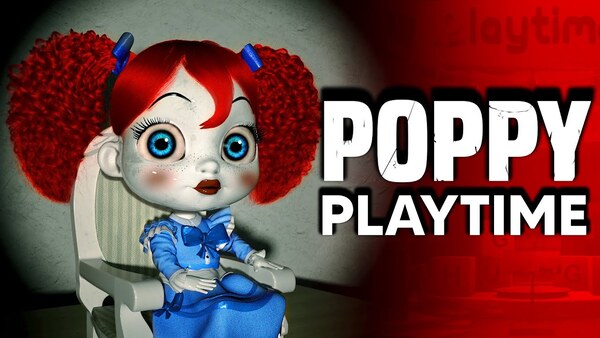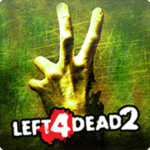Since its release in 2009, Left 4 Dead 2 (L4D2) has become a staple of cooperative multiplayer gaming, praised for its intense gameplay, memorable characters, and dynamic AI. Developed by Valve Corporation, this first-person shooter pits players against hordes of zombies in a race for survival. Even in 2025, it remains a beloved title thanks to its community-driven mods, dedicated player base, and timeless design.
This article explores the evolution, gameplay, features, community impact, pros and cons, and overall standing of Left 4 Dead 2 nearly 16 years after its launch.
1. The Origins and Evolution of Left 4 Dead 2
The Sequel to a Zombie Phenomenon
Left 4 Dead 2 was released in November 2009 as the sequel to Left 4 Dead (2008). Valve built on the original’s success by introducing:
-
New campaigns and maps
-
More diverse zombies and special infected
-
Additional weapons and melee options
-
Enhanced AI Director for dynamic gameplay
Continuous Community Support
Though Valve hasn't released a formal sequel since L4D2, the game has thrived through:
-
Community-created mods, maps, and campaigns
-
Ongoing multiplayer servers and matchmaking support
-
Regular patches and bug fixes through Steam
2. Core Gameplay and Mechanics
Cooperative Survival Shooter
L4D2 centers on 4-player co-op gameplay where teams face waves of zombies — from common infected to dangerous special infected with unique abilities.
The objective is to:
-
Work together to navigate maps
-
Complete objectives (reach safe rooms, rescue survivors)
-
Survive against increasingly difficult zombie hordes
The AI Director
One of L4D2’s innovations is the AI Director, which:
-
Dynamically adjusts zombie spawns, item placements, and music intensity
-
Keeps gameplay unpredictable and tailored to player performance
3. Characters and Storyline
The Survivors
Left 4 Dead 2 introduces four new playable survivors:
-
Coach — a high school football coach
-
Nick — a gambler and conman
-
Rochelle — a news reporter
-
Ellis — a mechanic with a humorous personality
Each character has unique voice lines and personality, enhancing immersion and humor.
Narrative Structure
The game is divided into several campaigns, each with its own setting and story arc, including:
-
Dead Center (urban Atlanta)
-
The Passing
-
Dark Carnival
-
Swamp Fever
-
Hard Rain
-
The Parish
4. Weapons and Combat
Diverse Arsenal
Players can find and use a variety of weapons:
-
Firearms: pistols, shotguns, assault rifles, sniper rifles, and melee weapons like chainsaws and axes
-
Throwables: pipe bombs, Molotov cocktails, bile bombs (which attract zombies to enemies)
Melee Combat
Melee weapons add variety and allow for close-range combat, crucial in tight situations.
Team-Based Strategies
Success depends on:
-
Coordinating attacks
-
Healing and reviving teammates
-
Using throwables tactically to control crowds
5. The Infected: The Threats Players Face
Common Infected
-
Zombies in large numbers that overwhelm players through sheer force.
Special Infected
Unique zombies with special abilities:
-
Smoker: uses a tongue to grab survivors.
-
Boomer: explodes to cover survivors in bile, attracting hordes.
-
Hunter: pounces and claws survivors.
-
Charger: charges at players, knocking them down.
-
Spitter: spits acid pools that damage players.
-
Jockey: rides survivors and steers them into danger.
-
Tank: a huge powerhouse capable of dealing massive damage.
These infected require team coordination to defeat.
6. Multiplayer Modes and Community Features
Campaign Mode
Classic co-op story mode where players progress through chapters.
Versus Mode
Two teams swap roles: survivors vs. infected, competing for dominance.
Survival Mode
Players face waves of zombies for as long as possible, testing endurance.
Mutation Mode
Periodic challenges with unique twists and rule changes, adding replay value.
Community Servers and Mods
L4D2 boasts a thriving modding community offering:
-
Custom campaigns and maps
-
New weapons and infected skins
-
Gameplay tweaks and balance mods
7. Visuals and Sound Design
Graphics
Though L4D2’s graphics were advanced at release, they show age compared to modern games. However:
-
Artistic style remains effective for immersion.
-
Community mods improve textures and lighting.
Sound
-
Atmospheric audio cues signal danger.
-
Character voice lines add humor and context.
-
Music intensifies during hordes and boss fights.
8. Left 4 Dead 2 in the Current Gaming Landscape
Longevity Through Community
Even in 2025, L4D2 enjoys:
-
Regular player activity on Steam and consoles
-
New custom campaigns keeping the game fresh
-
Nostalgic appeal to veteran players
Influence on Zombie and Co-op Games
The game influenced many titles like Back 4 Blood and World War Z, but its unique blend of action and AI Director remains unmatched.
9. Final Verdict: Is Left 4 Dead 2 Worth Playing Today?
Absolutely — especially if you enjoy cooperative, action-packed shooters.
Left 4 Dead 2’s blend of teamwork, unpredictable AI, and frantic zombie battles creates a uniquely thrilling experience. While graphics and UI may feel dated, the core gameplay holds strong and continues to be enjoyable for new players and veterans alike.
Its ongoing community support and modding scene ensure L4D2 will remain a go-to co-op shooter for years to come.





























